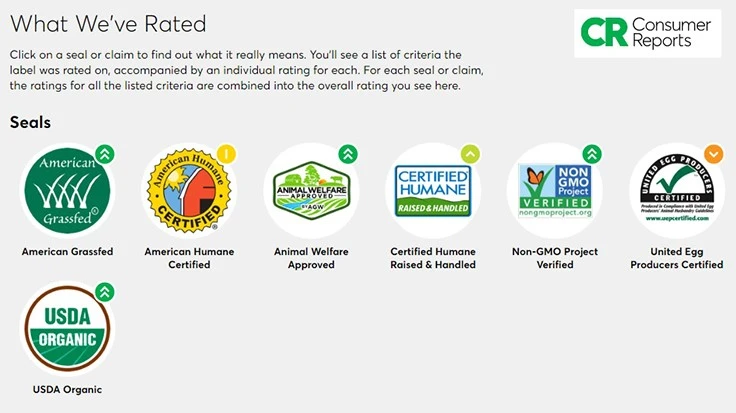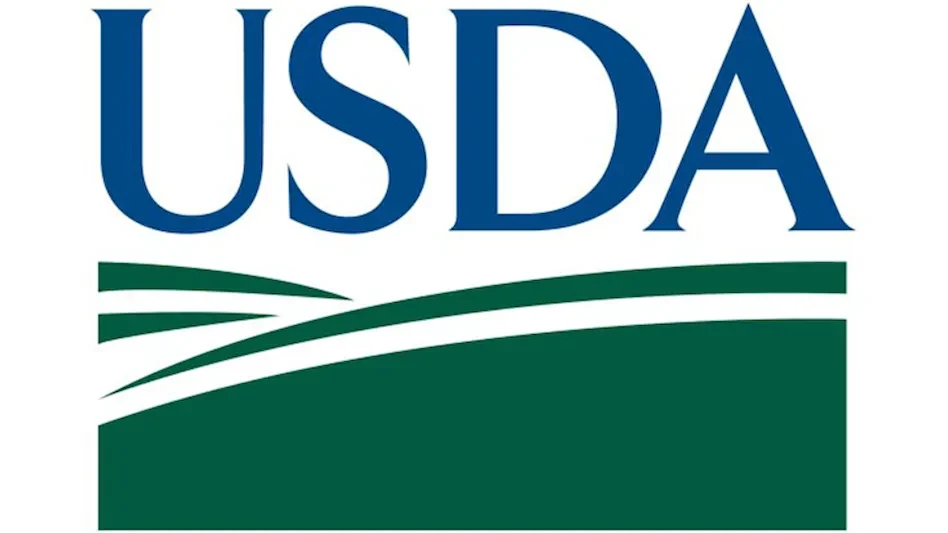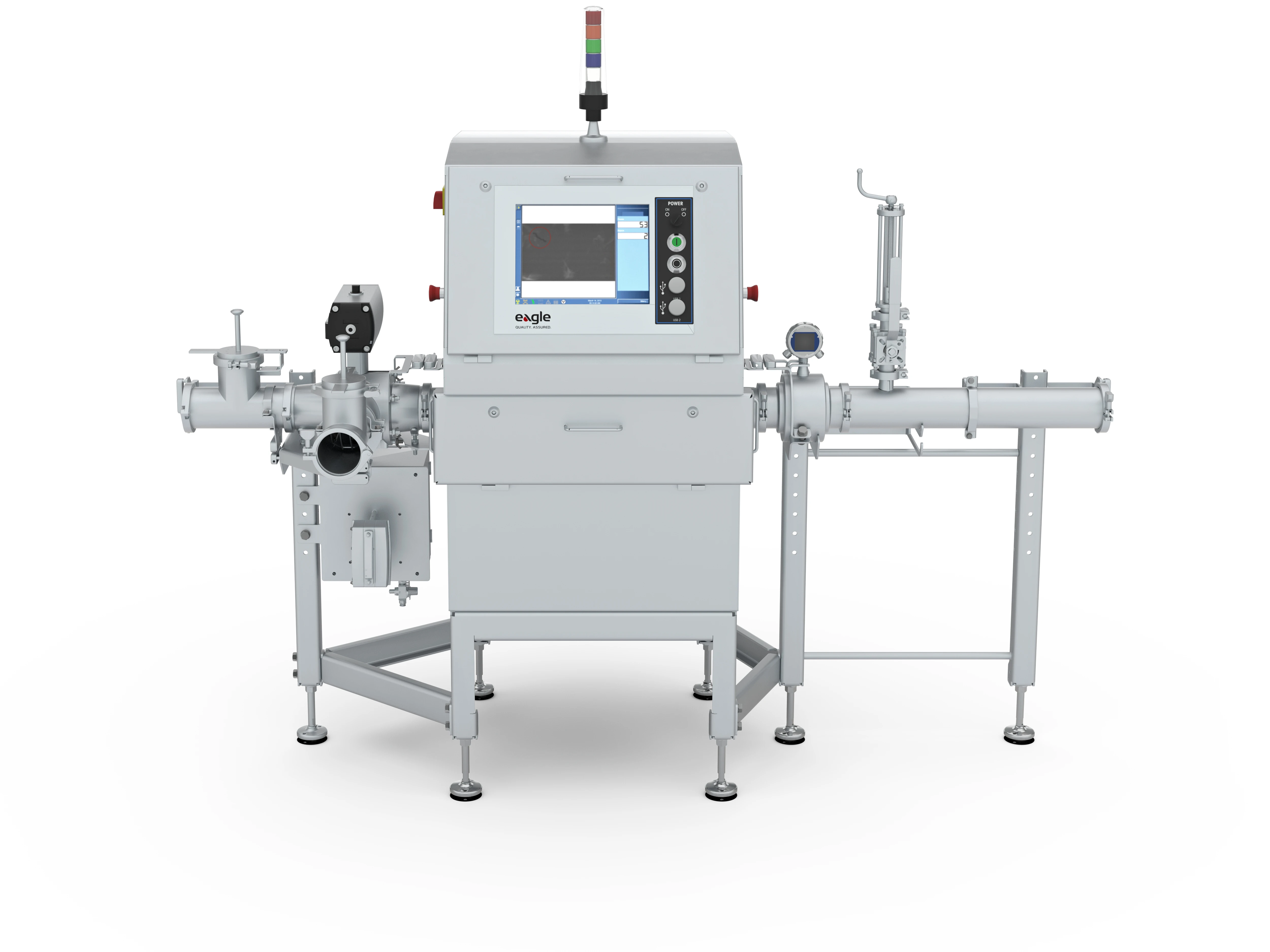
Short of visiting the farm or factory, a food's label is where consumers can find information about the issues they care about – whether it’s the way crops are grown, how animals are fed and treated, or which pesticides are used. But the claims and seals on labels don’t always mean what consumers think they do. To help consumers determine which ones are meaningful and can be trusted, Consumer Reports has evaluated a broad range of food label seals and claims and distilled the analysis into a CR rating.
“Consumers are increasingly interested in the story behind the food they buy and how it is produced,” said Charlotte Vallaeys, senior policy analyst for Consumer Reports. “Consumer Reports’ ratings can help you distinguish between food-label claims and seals that look impressive but mean little and those that guarantee your food choices deliver on their promises.”
CR conducted nationally representative surveys in 2018 and 2019 and found that there is a lot of confusion about many common food label terms, such as “natural,” “organic,” and “no antibiotics,” and in many cases, a disconnect between what a seal or claim actually offers and what many consumers believe it should offer.
The meaning behind even similar-sounding label claims and seals can vary widely and not all of them are verified. In many cases there’s no government regulation a food company must follow to display a claim or seal on its label. And there’s no one checking to make sure that the company is complying with standards set by the government or a certifying organization such as the American Grassfed Association.
The food label claims and seals rated by CR are American Grassfed, American Humane Certified, Animal Welfare Approved, Certified Humane Raise & Handled, Natural, No Antibiotics, Non-GMO, Non-GMO Project Verified, United Egg Producers Certified, and USDA Organic. More food label claims and seals will be rated in the future.
Consumer Reports’ experts reviewed governmental regulations and certifying organizations’ standards and policy manuals to find out which criteria food manufacturers and producers need to meet to use the various claims and seals on their labels. In addition, CR compared these standards with what consumers think a label claim means based on survey data. Consumer Reports’ rating considers whether the food label claim or seal is based on meaningful and consistent standards, meets consumer expectations, and is independently verified.
For more information on Consumer Reports Food Safety group, see QA’s Cover Profile: Is Consumer Reports Testing Your Food’s Safety?
Latest from Quality Assurance & Food Safety
- USDA Seeks Nominations for Membership on Food Safety Advisory Committee
- California Declares State of Emergency in Response to Bird Flu Outbreak
- Nelson-Jameson Announces New Pennsylvania Distribution Center
- FDA Finalizes Updated ‘Healthy’ Nutrient Content Claim
- New Study Examines Kaempferol's Role in Taming Allergic Responses
- Will Bird Flu Be the End of Holiday Traditions Like Eggnog?
- FDA Cuts AFDO SAFHER Funding
- FSQAs Share Their Best Food Safety Tips for Santa





